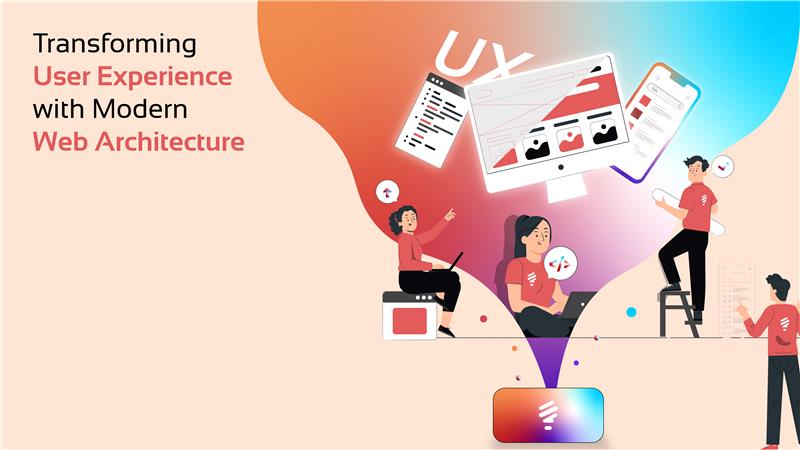Introduction
Developing relevant, scalable, and captivating learning experiences is becoming more important than merely delivering material when building digital learning platforms. The necessity for a modern architecture becomes evident when traditional LMS systems have issues with speed, usability, and mobile access.
In order to enhance usability, scalability, and performance, Lentera Technologies collaborated with an EdTech customer to redesign their antiquated learning platform utilizing contemporary web technologies like React and cloud-native architecture.
The Problem: “It Feels Outdated and Slow”
Although the client’s platform provided useful material, its scalability and user experience were lacking.
Among the frequent grievances was “It’s hard to use on mobile.”
Key Challenges Identified
Our Approach: Audit, Research & Redesign
Key Tools Used
1. Figma: For group iteration and UI/UX prototyping.2. Redux + React: For creating scalable, modular front-end elements.
3. Firebase with Google Analytics: For performance tracking and behavior analysis.
4. AWS: For scalability in hosting and deployment.
Implementation Process
Phase 1: Planning and Discovery:
Phase 3: Front-end development and user interface:
Phase 4: Iteration and Testing:
Phase 5: Monitoring & Deployment:
Results
The transformation delivered measurable improvements. Page load times dropped from 5.7 seconds to just 1.3 seconds, significantly enhancing user experience across devices. Mobile user satisfaction rose from 58% to 92%, driven by responsive design and streamlined navigation. Course completion rates increased from 45% to 78%, indicating higher engagement and easier platform navigation. The average session time more than doubled—from 3.1 to 8.4 minutes—reflecting improved content discoverability. Support tickets related to navigation and usability dropped by over 60%, reducing the burden on support teams and signaling a more intuitive product experience.
Conclusion: Speed and Simplicity Win in Learning
Fast, user-friendly, and customized experiences are what modern learners demand. This project’s success demonstrates that switching to a cloud-ready, React-based design is about more than just technology; it’s about lowering barriers, satisfying users, and confidently growing education.
Let’s Build the Future of Learning Together
It’s time to update your learning platform if it’s suffering from antiquated code and old design. For a customized consultation on implementing scalable, learner-first architecture to revolutionize your platform, reach out to us at info@lentera.in.



